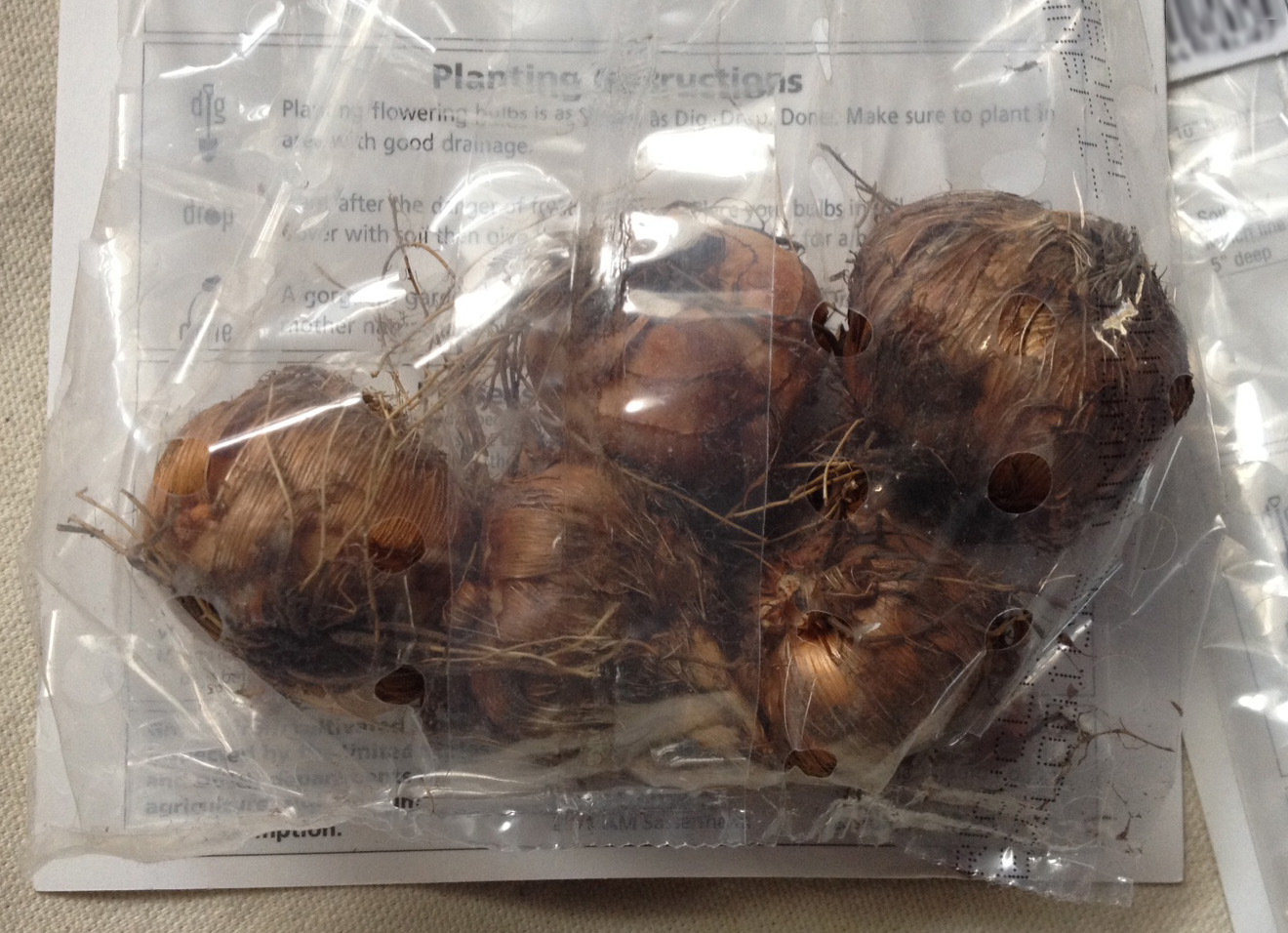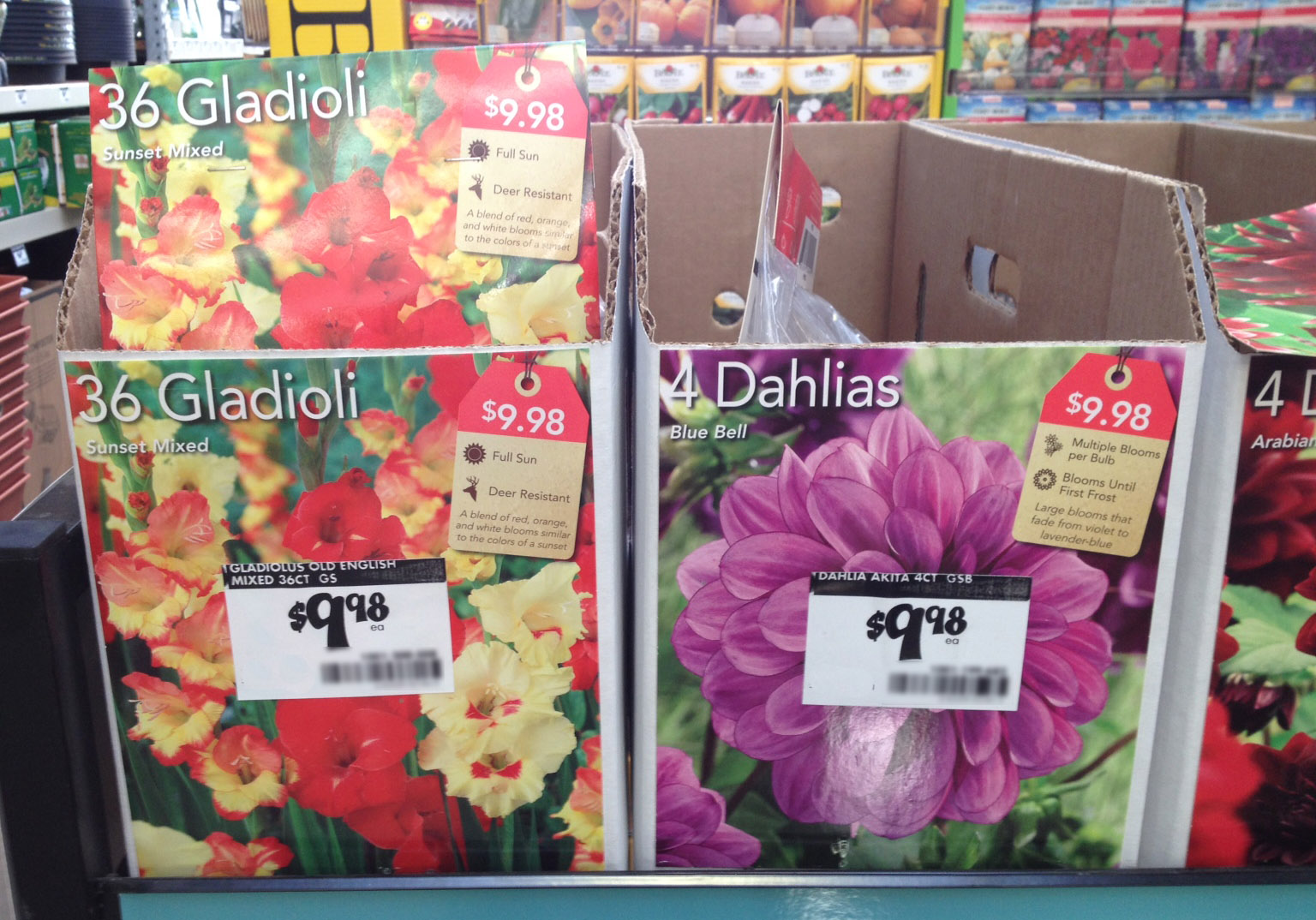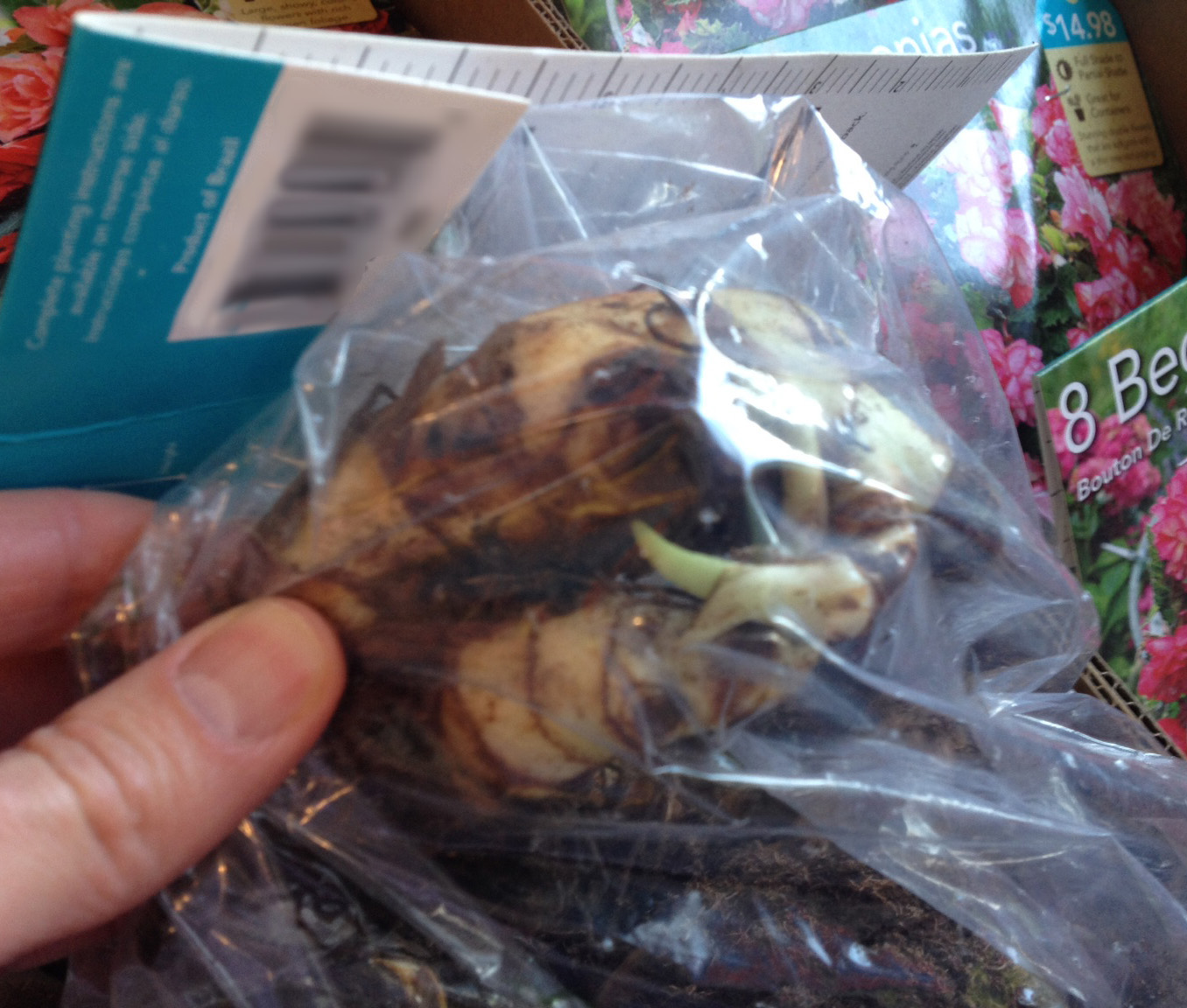Spring Planted Flower Bulbs Provide Bright Flowers in Summer
Whether you’re an experienced or an inexperienced gardener, you’re probably aware of fall planted flowering bulbs. Tulips, daffodils, crocus, alliums, hyacinth and other “fall planted/spring blooming bulbs” have become very iconic harbingers of the advent of spring season. However, there’s a large assortment of flowering bulbs that make a spring-time appearance in garden retail stores, providing their own form of welcoming the passing of winter and the arrival of a new gardening season. The so-called spring planted flower bulbs may be lesser known to the novice gardener, but can be almost as valuable as the fall planted bulbs. These summer blooming plants can be used to place spots of color in-between perennials and shrubs in your landscape. Planted in Spring, these bulbs emerge to provide beautiful flowers throughout summer and fall, with exact flowering times varying per species and cultivar.
In fact, the spring planted bulbs are not all true bulbs. Some may be corms, rhizomes or tubers, which are all different types of storage organs that plants have evolved over time. It is these clever little storage devices that have allowed people to dig them up during plant dormancy, and package them up to be shipped to garden center stores around the world. Some of the spring planted bulbs are perennials, but most are not, at least in the USDA hardiness zone that Denver finds itself in.

Crocosmia corms.
Out of the many types of spring planted ornamental bulbous plants available in your local garden center, I cover three common types here in this post.
Perhaps the best known spring planted bulb is the gladiolus, which hails from South Africa. Botanists consider the gladioli to actually be corms, not true bulbs. Corms are underground plant stems that function as storage organs, whereas true bulbs are underground storage organs made up of layers of fleshy modified leaves. Most gladioli are hardy only to zone 8, which makes them annuals in Colorado. But there are some gladioli that are hardy to zone 5, if well mulched in winter. Gladioli come in many colors and sport bright blooms on upright stems with strap-like leaves.
Like the “glads”, dahlias are another very popular summer bloom that is not hardy in Colorado. Dahlias are placed in the spring planted bulb category because they form tuberous roots which are dried and then sold. The pre-cultivar dahlias are native to Mexico. There tubers were used as a food crop by the Aztecs. The trick to buying dahlias in dry form is that they must have a stem attached to the tubers, because only the stems produce buds, which then produce stems and flowers. There is a huge variety of dahlia cultivars to be found in garden centers. In springtime, the dahlia tubers are sold in bags along with the other spring planted bulbs. But in summer it is common to see the dahlias sold as potted plants. Buying them as tubers is cheaper than as potted plants. Because the dahlias are hardy only to zone 8, if you want them to return to your yard next summer you must save the tubers (with a bit of the stems attached) in a cool but not freezing space, to be replanted in a successive season. Or simply just buy new ones each spring. Dahlias are popular because the blooms come in a multitude of shapes, colors and sizes. If you’ve never seen a 12 inch wide “dinner plate” dahlia flower in bloom, you are missing out on a fascinating sight.

Canna Lilies are another spring planted “bulb” that bring an air of the tropics to your landscape. These flowering plants are often used in annual pots, providing tall, colorful focal points in the center surrounded by lower annuals. Cannas are native to Latin America and are grown as annuals in Denver’s hardiness zone of 5. But if you find the right micro-climate, they may over-winter just fine. I know of one house in Denver, where cannas are planted at the base of a south facing wall on a house, and have become perennial in this residential landscape due to this warm micro-climate spot. Cannas are not true bulbs, but are “rhizomatous.” A rhizome is an underground horizontal stem that can send out shoots and roots from nodes. A ginger “root” is an example of a rhizome that you’ll find in a produce section. Cannas are closely related to ginger and also bananas! Another familiar rhizomatous plant are irises, which have above ground rhizomes. Although canna lilies are often available as potted plants throughout summer, if you purchase them as rhizomes in spring, you get the plants for a fraction of the cost of potted ones. As mentioned previously, cannas develop tropical-like flowers and leaves, giving your patio an island vibe.

Canna rhizomes.
Head on down to your local garden center this spring gardening season and pick up some spring planted bulbs to brighten your landscape this summer!
This is the official blog of Outdoor Design Group, Colorado Landscape Architects. For more information about our business and our services, click here.